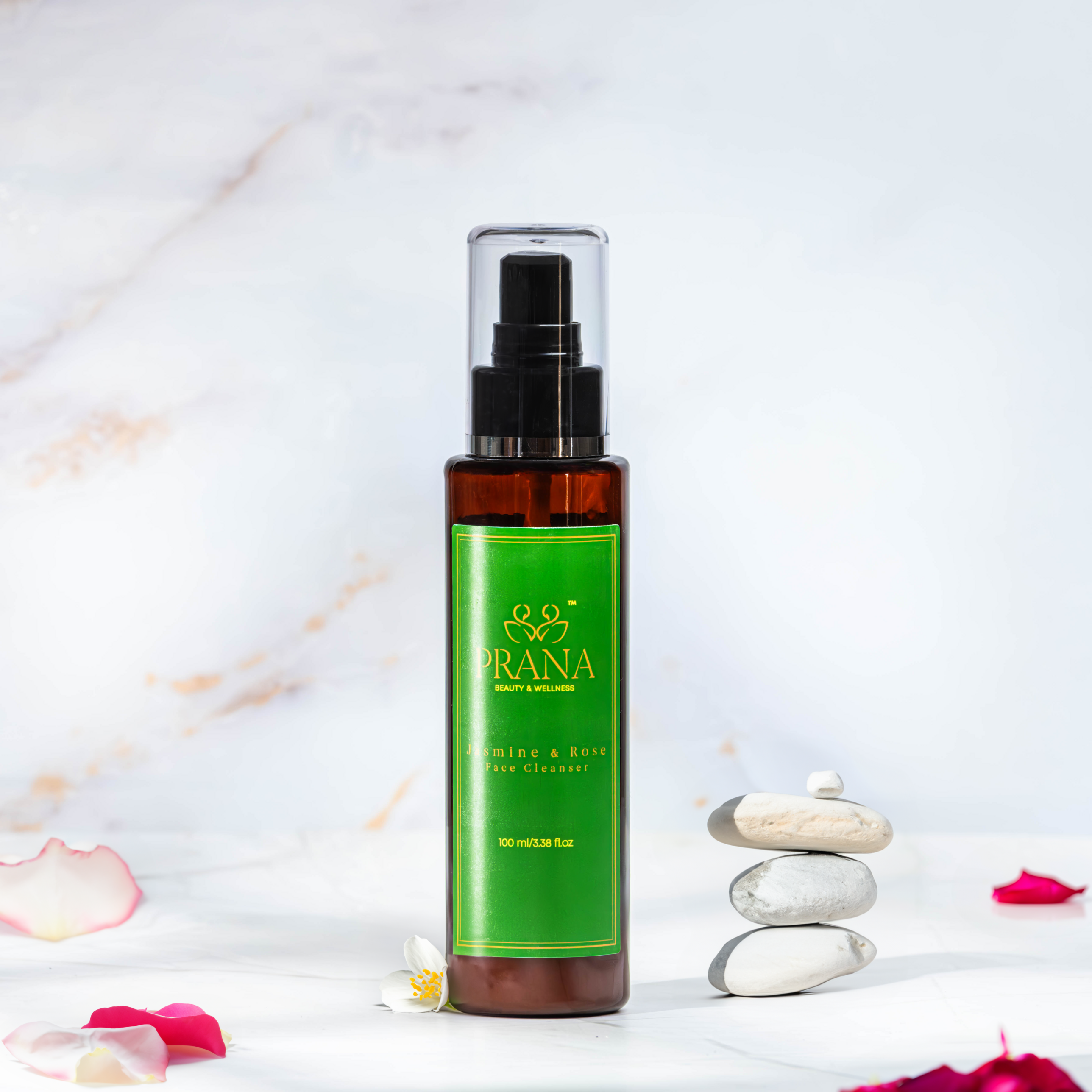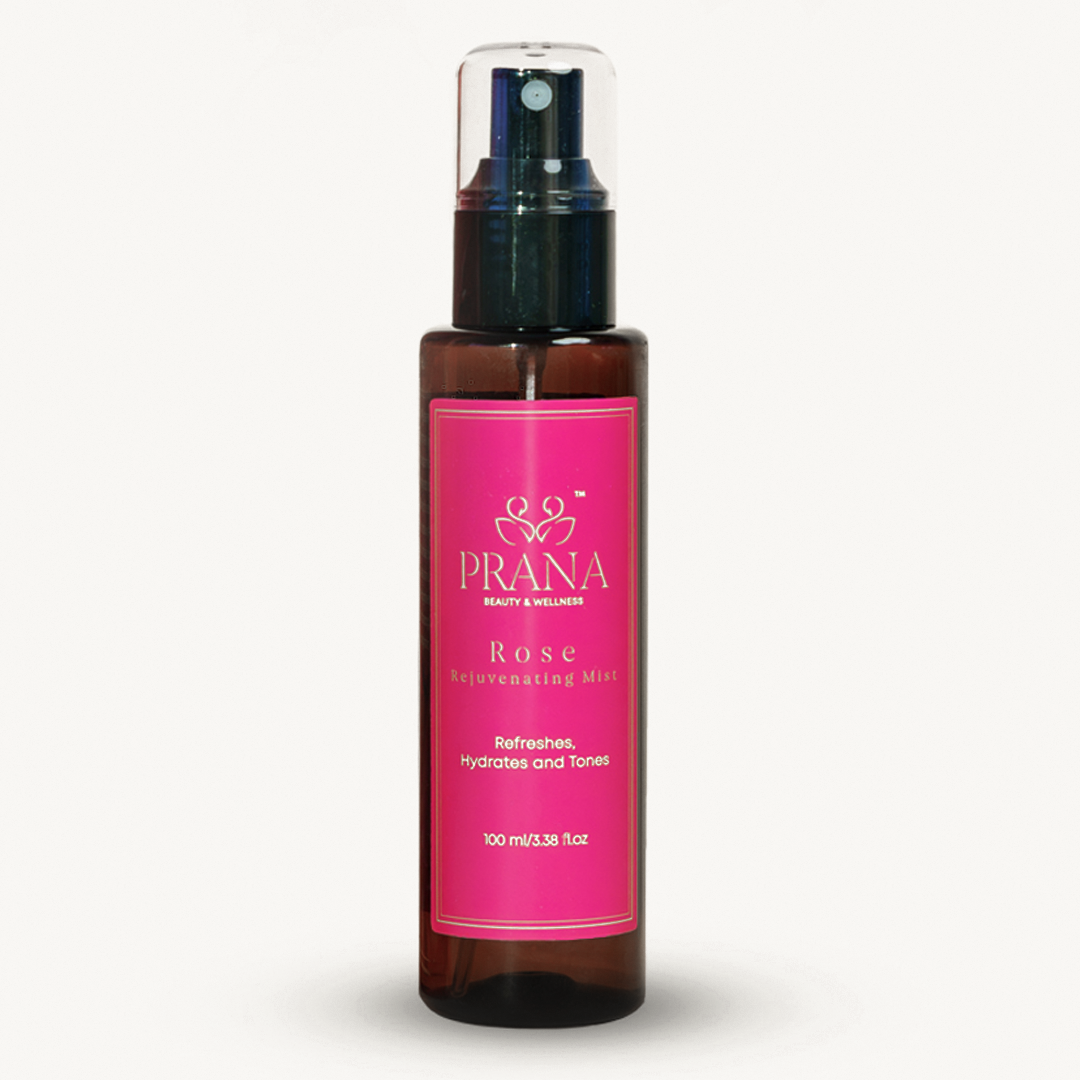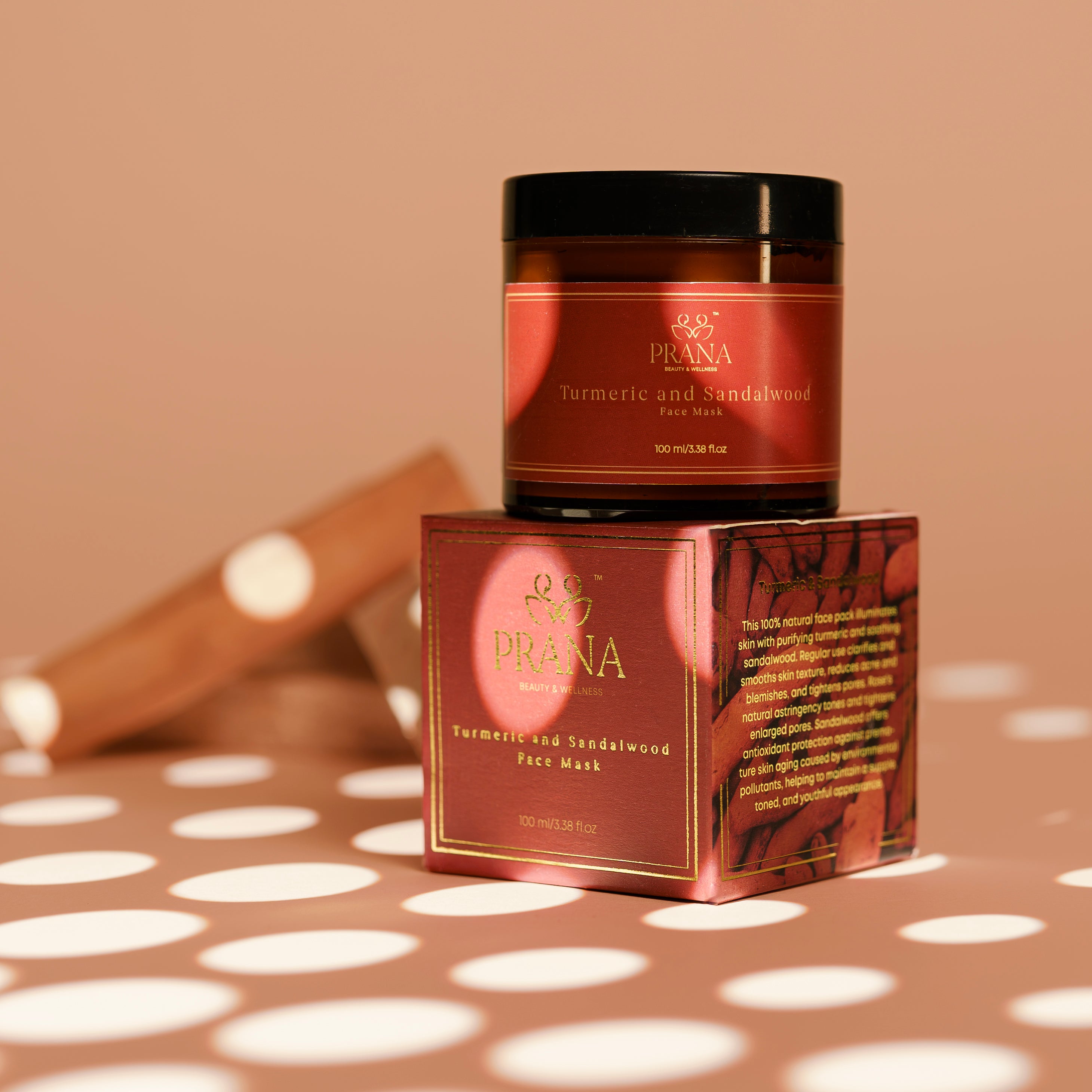Best Oils to Reduce Hyperpigmentation: Science-Backed Solutions for Brighter Skin

Struggling with stubborn dark spots, uneven skin tone, or post-inflammatory hyperpigmentation? You're not alone. While there are countless commercial products promising miraculous results, natural oils offer a gentler, science-backed approach to treating hyperpigmentation. These botanical wonders work with your skin's natural processes to fade discoloration, inhibit melanin production, and promote cell turnover—all without harsh chemicals. In this comprehensive guide, we'll explore the most effective oils for hyperpigmentation, backed by scientific research and dermatologist recommendations.
Understanding Hyperpigmentation: Causes and Types
Hyperpigmentation occurs when certain areas of your skin produce excess melanin, the pigment responsible for skin color. This results in patches or spots that appear darker than the surrounding skin. Before diving into treatment options, it's important to understand what causes these stubborn marks.
Different types of hyperpigmentation can appear on various skin tones
Common Causes of Hyperpigmentation
-
Sun exposure (UV radiation stimulates melanin production)
-
Hormonal changes (pregnancy, birth control pills)
-
Post-inflammatory hyperpigmentation (from acne, eczema, or injury)
-
Aging (age spots or liver spots)
-
Certain medications (antibiotics, antimalarials, chemotherapy drugs)
-
Genetic predisposition
Types of Hyperpigmentation
Melasma
Often triggered by hormonal changes and appears as symmetrical patches on the face, particularly on the cheeks, forehead, and upper lip.
Post-Inflammatory Hyperpigmentation (PIH)
Occurs after skin inflammation or injury (like acne or eczema) and appears as flat, darkened patches where the inflammation occurred.
Solar Lentigines (Sun Spots)
Caused by cumulative sun exposure and appears as small, darkened patches on sun-exposed areas like the face, hands, and shoulders.
Freckles
Small, concentrated deposits of melanin that darken with sun exposure, often genetic in nature.
How Natural Oils Combat Hyperpigmentation
Natural oils offer multiple mechanisms to address hyperpigmentation. Understanding how they work can help you choose the right oil for your specific concerns.
How natural oils penetrate skin layers to reduce hyperpigmentation
Melanin Inhibition
Some oils contain compounds that inhibit tyrosinase, the enzyme responsible for melanin production, helping to prevent new dark spots from forming.
Cell Turnover
Many oils promote faster skin cell regeneration, helping to shed darkened cells and reveal brighter, more evenly toned skin underneath.
Antioxidant Protection
Rich in antioxidants, these oils neutralize free radicals that can trigger melanin production and protect against further damage.
Top 10 Oils for Hyperpigmentation: Evidence-Based Solutions
Based on scientific research and dermatologist recommendations, these oils have shown significant efficacy in reducing hyperpigmentation and evening out skin tone.
Essential and carrier oils proven effective for treating hyperpigmentation
1. Rosehip Oil
Rosehip oil is rich in vitamins A (retinol) and C, both powerful ingredients for combating hyperpigmentation. The natural retinoids promote cell turnover, while vitamin C inhibits melanin production.
How It Works:
-
Contains trans-retinoic acid that accelerates cell regeneration
-
Rich in vitamin C, a natural tyrosinase inhibitor
-
Packed with antioxidants that protect against free radical damage
-
Essential fatty acids repair and strengthen the skin barrier
"Rosehip oil is one of my top recommendations for hyperpigmentation because it contains natural retinoids and vitamin C, which work synergistically to fade dark spots and even out skin tone."
— Dr. Sarah Mitchell, Board-Certified Dermatologist
Ready to try Rosehip Oil?
Experience the transformative effects of pure, cold-pressed rosehip oil on your hyperpigmentation.
2. Tamanu Oil
Tamanu oil, derived from the nuts of the Tamanu tree, has been used in traditional medicine for centuries. Its unique composition makes it particularly effective for post-inflammatory hyperpigmentation.
How It Works:
-
Contains calophyllolide, a compound with anti-inflammatory properties
-
Rich in xanthones and coumarins that inhibit melanin production
-
Promotes wound healing and tissue regeneration
-
Provides antimicrobial protection while skin heals
A 2018 study published in the Journal of Ethnopharmacology found that tamanu oil significantly reduced post-inflammatory hyperpigmentation when applied consistently for 8 weeks.
Usage Tip: Apply a few drops of tamanu oil to clean skin twice daily. For enhanced results, mix with a drop of vitamin C serum.
3. Carrot Seed Oil
Carrot seed oil is packed with antioxidants and vitamins that make it a powerful ally against hyperpigmentation. Its high carotenoid content provides natural sun protection while fading existing dark spots.
How It Works:
-
Rich in beta-carotene that converts to vitamin A in the skin
-
Contains vitamins E and C for antioxidant protection
-
Offers natural SPF properties (though not a replacement for sunscreen)
-
Promotes cell regeneration and repair
"Carrot seed oil is particularly effective for sun-induced hyperpigmentation due to its carotenoid content, which both protects against further damage and helps fade existing spots."
— Dr. James Wong, Cosmetic Chemist
Experience Carrot Seed Oil
Harness the power of nature's brightening agent with pure carrot seed oil.
4. Vitamin C Oil
Vitamin C is one of the most well-researched ingredients for hyperpigmentation. In oil form, it penetrates deeply into the skin to inhibit melanin production at the source.
How It Works:
-
Directly inhibits tyrosinase, the enzyme responsible for melanin production
-
Powerful antioxidant that neutralizes free radicals
-
Promotes collagen production for overall skin health
-
Brightens skin tone and improves radiance
A clinical study published in the Journal of Clinical and Aesthetic Dermatology found that vitamin C reduced hyperpigmentation in 73% of participants after 16 weeks of use.
Important: Vitamin C oil can oxidize when exposed to light and air. Store in a dark, airtight container and use within 3 months of opening.
5. Licorice Root Oil
Licorice root oil contains glabridin, a compound that inhibits tyrosinase activity and reduces melanin production without irritation, making it ideal for sensitive skin types.
How It Works:
-
Glabridin inhibits tyrosinase activity by up to 50%
-
Liquiritin disperses and removes existing melanin
-
Anti-inflammatory properties reduce redness and irritation
-
Gentle enough for sensitive and reactive skin types
"Licorice root extract is one of the gentlest yet most effective natural brightening agents. I often recommend it to patients with sensitive skin who can't tolerate more aggressive treatments."
— Dr. Emily Chen, Dermatologist
Try Licorice Root Oil
Gentle yet effective brightening for even the most sensitive skin.
6. Tea Tree Oil
While primarily known for its antibacterial properties, tea tree oil can help prevent post-inflammatory hyperpigmentation by treating acne and inflammation before they lead to dark spots.
How It Works:
-
Powerful antibacterial properties prevent acne breakouts
-
Anti-inflammatory effects reduce redness and swelling
-
Accelerates wound healing to prevent PIH formation
-
Mild exfoliating properties help remove dead skin cells
Dilution is crucial: Tea tree oil should always be diluted to 2-5% concentration with a carrier oil like jojoba or almond oil to prevent irritation.
A study in the Australasian Journal of Dermatology found that tea tree oil was effective in reducing acne lesions and subsequent post-inflammatory hyperpigmentation when used consistently.
7. Frankincense Oil
Frankincense oil has been used for centuries in traditional medicine for its skin-regenerating properties. It helps fade hyperpigmentation by promoting cell turnover and reducing inflammation.
How It Works:
-
Boosts cell regeneration and turnover
-
Contains boswellic acids with anti-inflammatory properties
-
Strengthens skin structure and improves elasticity
-
Helps fade scars and post-inflammatory hyperpigmentation
"Frankincense oil works similarly to retinol in promoting cellular turnover, but with less irritation, making it an excellent natural alternative for treating hyperpigmentation."
— Dr. Lisa Thompson, Holistic Dermatologist
Discover Frankincense Oil
Ancient wisdom meets modern skincare for powerful hyperpigmentation treatment.
8. Evening Primrose Oil
Evening primrose oil is rich in gamma-linolenic acid (GLA), an omega-6 fatty acid that helps improve skin barrier function and reduce inflammation that can lead to hyperpigmentation.
How It Works:
-
GLA reduces inflammation and soothes irritated skin
-
Improves skin barrier function to prevent damage
-
Balances hormonal fluctuations that can trigger melasma
-
Provides deep hydration to support skin healing
A 2020 study in the International Journal of Molecular Sciences found that GLA from evening primrose oil helped reduce hyperpigmentation by modulating inflammatory pathways in the skin.
DIY Brightening Blend: Mix 4 drops of evening primrose oil with 2 drops of lemon essential oil and 1 teaspoon of jojoba oil. Apply to dark spots nightly after cleansing.
9. Pomegranate Seed Oil
Pomegranate seed oil is packed with ellagic acid, a polyphenol with powerful skin-brightening properties. It also contains punicic acid, which supports skin regeneration and repair.
How It Works:
-
Ellagic acid inhibits tyrosinase activity and melanin production
-
Punicic acid promotes skin regeneration and repair
-
Rich in antioxidants that protect against UV damage
-
Anti-inflammatory properties reduce redness and irritation
"Pomegranate seed oil is a powerhouse for hyperpigmentation treatment. Its ellagic acid content makes it one of the most effective natural tyrosinase inhibitors available."
— Dr. Robert Kim, Cosmetic Dermatologist
Try Pomegranate Seed Oil
Harness the power of nature's most potent antioxidant oil for brighter, more even skin.
10. Black Cumin Seed Oil
Black cumin seed oil (Nigella sativa) contains thymoquinone, a compound with powerful antioxidant and anti-inflammatory properties that help reduce hyperpigmentation and even out skin tone.
How It Works:
-
Thymoquinone inhibits melanin production
-
Powerful antioxidant protection against free radical damage
-
Anti-inflammatory properties reduce post-inflammatory hyperpigmentation
-
Supports overall skin health and barrier function
A 2019 study in the Journal of Dermatological Treatment found that black cumin seed oil reduced melasma by 30% after 8 weeks of consistent use.
Caution: Black cumin seed oil has a strong, distinctive smell. Consider mixing with a few drops of lavender or frankincense oil to improve the scent if using it in your daily routine.
How to Use Oils for Hyperpigmentation: Application Tips
To maximize the effectiveness of these oils, proper application is key. Here are some expert-recommended tips for incorporating oils into your skincare routine.
Proper application technique for oils to treat hyperpigmentation
Basic Application Method
Cleanse your face thoroughly and pat dry.
If using a toner or essence, apply it first and allow it to absorb.
Place 3-5 drops of your chosen oil in your palm.
Warm the oil by rubbing your palms together gently.
Press the oil into your skin, focusing on areas with hyperpigmentation.
Gently massage using upward circular motions until absorbed.
Allow 5-10 minutes for the oil to fully absorb before applying other products.
Always follow with sunscreen during daytime use.
DIY Oil Blends for Hyperpigmentation
Brightening Blend
-
4 drops Rosehip oil
-
3 drops Carrot seed oil
-
2 drops Frankincense oil
-
1 tablespoon Jojoba oil
Best for: Sun-induced hyperpigmentation and age spots
Post-Acne Blend
-
3 drops Tea tree oil
-
4 drops Tamanu oil
-
2 drops Lavender oil
-
1 tablespoon Grapeseed oil
Best for: Post-inflammatory hyperpigmentation from acne
Hormonal Balance Blend
-
5 drops Evening primrose oil
-
3 drops Black cumin seed oil
-
2 drops Geranium oil
-
1 tablespoon Argan oil
Best for: Melasma and hormone-related pigmentation
Important Precautions and Considerations
While natural oils can be effective for treating hyperpigmentation, they should be used with care to avoid potential side effects or complications.
Benefits of Using Oils
-
Natural alternative to chemical treatments
-
Generally gentler on the skin
-
Multiple skin benefits beyond hyperpigmentation treatment
-
Cost-effective compared to many commercial products
-
Can be customized to address specific concerns
Potential Risks
-
Some essential oils can cause irritation or allergic reactions
-
Citrus oils can increase photosensitivity
-
Results may take longer than with prescription treatments
-
Quality and potency can vary between brands
-
Not all oils are suitable for all skin types
Safety Guidelines
-
Always perform a patch test before applying any new oil to your face. Apply a small amount to your inner forearm and wait 24 hours to check for any adverse reactions.
-
Properly dilute essential oils with a carrier oil to prevent irritation. Never apply undiluted essential oils directly to the skin.
-
Avoid photosensitive oils (like citrus oils) during the day or before sun exposure, as they can increase the risk of sunburn and further hyperpigmentation.
-
Consult a dermatologist before starting any new treatment, especially if you have sensitive skin or existing skin conditions.
-
Be patient and consistent. Natural treatments typically take 8-12 weeks to show significant results.
Important: If you experience persistent redness, irritation, burning, or increased pigmentation after using any oil, discontinue use immediately and consult a healthcare professional.
A Comprehensive Approach to Treating Hyperpigmentation
For optimal results, oils should be part of a comprehensive skincare routine that addresses hyperpigmentation from multiple angles.
A comprehensive skincare routine combining oils with complementary products
Complementary Treatments
Sun Protection
The most important step in preventing and treating hyperpigmentation. Use a broad-spectrum SPF 30+ sunscreen daily, even on cloudy days.
Gentle Exfoliation
Chemical exfoliants like AHAs (glycolic acid) or BHAs (salicylic acid) help remove darkened skin cells and enhance oil penetration.
Vitamin C Serum
A potent antioxidant that works synergistically with oils to inhibit melanin production and brighten skin tone.
Sample Routine for Treating Hyperpigmentation
Morning Routine
Gentle cleanser
Vitamin C serum
Lightweight oil (rosehip or pomegranate)
Moisturizer
Broad-spectrum sunscreen (SPF 30+)
Evening Routine
Double cleanse (oil cleanser followed by water-based cleanser)
Chemical exfoliant (2-3 times per week)
Treatment oil or oil blend
Moisturizer
Spot treatment with targeted oil blend if needed
Conclusion: Patience and Consistency Are Key
Treating hyperpigmentation with natural oils requires patience and consistency. While you may start to see improvements within a few weeks, significant results typically take 2-3 months of regular use. Remember that prevention is equally important—always protect your skin from the sun and address any underlying conditions that may be contributing to hyperpigmentation.
By incorporating these science-backed oils into your skincare routine and following the application guidelines, you can effectively reduce hyperpigmentation and achieve a more even, radiant complexion—naturally.
Ready to Transform Your Skin?
Start your journey to brighter, more even-toned skin with our collection of premium, organic oils specifically formulated to target hyperpigmentation.
How long does it take to see results when using oils for hyperpigmentation?
Most people begin to see subtle improvements within 4-6 weeks of consistent use. However, significant results typically take 8-12 weeks, as this aligns with your skin's natural cell turnover cycle. Patience and consistency are key—apply your chosen oils daily and protect your skin from the sun for optimal results.
Can I use multiple oils together to treat hyperpigmentation?
Yes, combining oils can often enhance their effectiveness as they may work through different mechanisms to address hyperpigmentation. However, it's best to introduce one oil at a time to your routine to monitor how your skin responds. Once you know your skin tolerates each oil individually, you can create custom blends like those suggested in our DIY section.
Are natural oils as effective as prescription treatments for hyperpigmentation?
Prescription treatments like hydroquinone and tretinoin typically work faster and may be more effective for severe hyperpigmentation. However, natural oils offer a gentler alternative with fewer side effects and can be very effective for mild to moderate hyperpigmentation when used consistently. For best results, some dermatologists recommend a combined approach—using natural oils for daily maintenance and prescription treatments as periodic intensive therapy.















